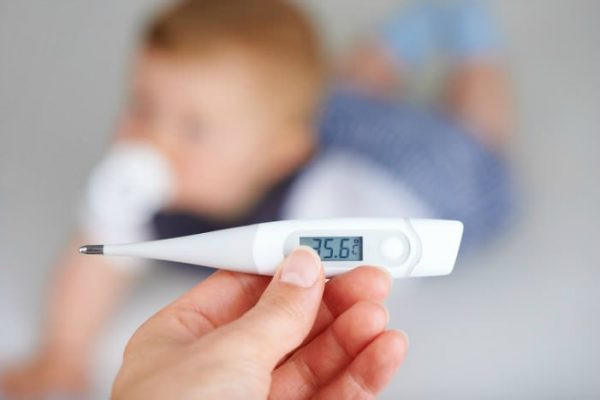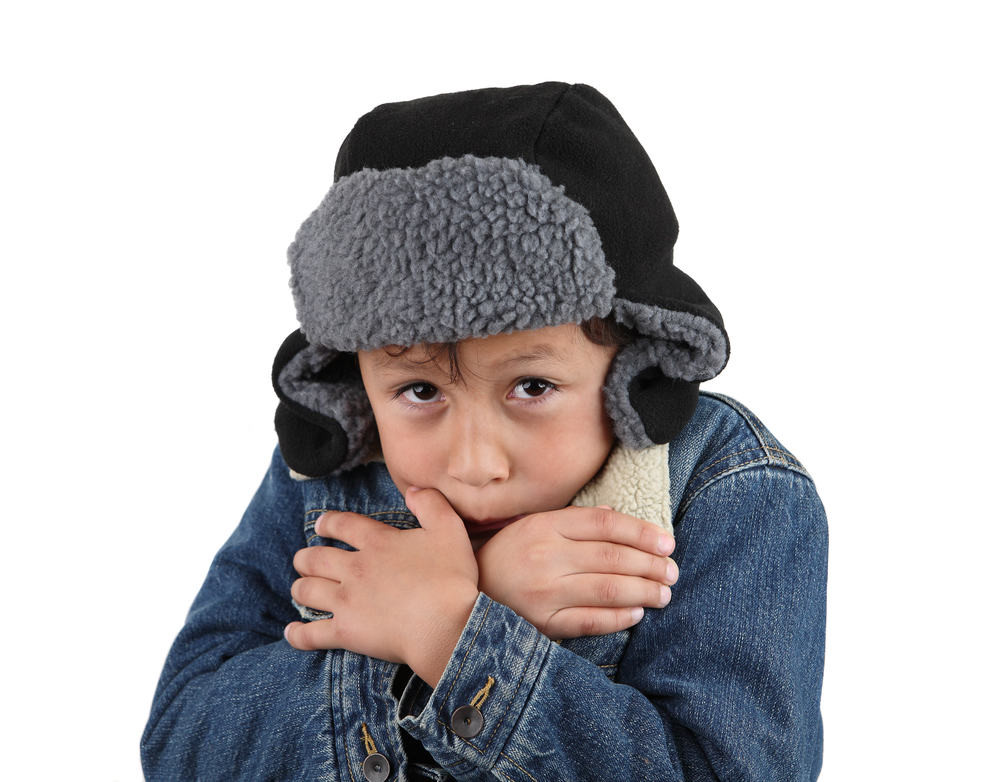In winter, low temperatures can cause hypothermia. This can happen to anyone, but is more dangerous for children and the elderly. When body temperature drops, many organs are damaged, leading to death.

The elderly and children are susceptible to hypothermia.
A normal person's body temperature ranges from 36.5 degrees to 37.5 degrees Celsius. When the body temperature drops below 35 degrees Celsius, the person is suffering from hypothermia. If not given first aid in time, the patient can easily die.
In fact, in the cold season, the elderly with underlying medical conditions are susceptible to cold, leading to hypothermia, such as systemic diseases, neurological diseases, or hypothyroidism, which inhibit the temperature regulation center.
Symptoms depend on the temperature, from mild shivering and mental confusion to moderate confusion and severe, which can increase the risk of cardiac arrest. Moderate or severe hypothermia usually occurs at temperatures below 32.2 degrees Celsius. When the temperature is below normal, the body is no longer able to generate enough heat to function effectively.
In the elderly, the ability to control and regulate body temperature is reduced compared to young people. In addition, there are reasons for poor nutrition, chronic underlying diseases and taking many medications, making them vulnerable to cold weather. There are also cases due to drinking too little water and being easily dehydrated, not wearing warm enough clothes.
In children, usually newborns, premature babies, and the elderly with illnesses such as pneumonia, kidney failure, and unstable cardiovascular disease are at higher risk of hypothermia. People who use drugs or drink alcohol, or have had injuries that have not been properly cared for, are also susceptible to hypothermia.
In particular, the elderly, due to poor health, have a less responsive body to changes in skin and core temperature, leading to the shivering reaction being initiated at a lower temperature. Shivering in the elderly is due to the lack of normal heat production, causing heat loss to occur more quickly. In addition, the metabolic rate is also slower, so heat loss is higher and ultimately leads to greater susceptibility to disease.
Symptoms of hypothermia
Hypothermia causes shivering initially, but stops below 31°C, allowing body temperature to drop more rapidly.
In adults, hypothermia will cause tremors, exhaustion, confusion, and clumsiness in the limbs. Memory loss, slurred speech, unclear speech. Drowsiness, pale skin, cold to the touch, disorientation... In children, hypothermia will cause bright red, cold or pale skin, cold all over the body, scleroderma in the back and limbs; rapid and shallow breathing in the early stages, then irregular breathing, apnea; slow heart rate, arrhythmia, hypotension; little movement, lethargy, weak crying, poor feeding; may be accompanied by hypoglycemia.
Low ambient temperature will directly affect the health of the elderly and children. Because they do not have the necessary amount of body fat to keep warm, they are susceptible to hypothermia.
For prevention, it is necessary to keep warm and avoid exposure to cold. Maintain room temperature at 24 degrees Celsius. Install a room thermometer, use an effective heating system, and close all doors and windows. Wear socks, warm clothes, scarves, and warm hats.
It is strictly forbidden to use kerosene or coal heaters because they produce a lot of dangerous carbon monoxide (CO). In addition, you should wear warm and comfortable clothes to avoid heat loss, but not cause difficulty in daily life.

In addition to wearing warm clothes, it is necessary to eat well in the morning and not skip breakfast. Parents should pay attention to feeding their children on time, with enough meals and adequate nutrition; place the child's bed in a warm place, without drafts and the child should be dressed warmly; make sure to keep the child warm after bathing or during the examination.
Change diapers, clothes, and wet bedding to keep the baby and bed dry. For newborns, you can use the kangaroo method, also known as skin-to-skin warming. Dry the baby after bathing. The elderly and children should drink enough water in winter, drink 6-8 glasses of warm water a day, even if they do not feel thirsty. Avoid alcoholic beverages, caffeine, and eat many meals a day. Be proactive in appropriate physical activity to increase blood flow and increase body temperature, including indoor activities.
In case the elderly live alone, they should take care of themselves such as eating well and wearing warm clothes. They should keep in regular contact with family, friends and neighbors. If they live alone, they should register to manage the elderly so that when needed, they can be monitored regularly, especially when the weather changes or is cold.
HA (according to Health and Life)